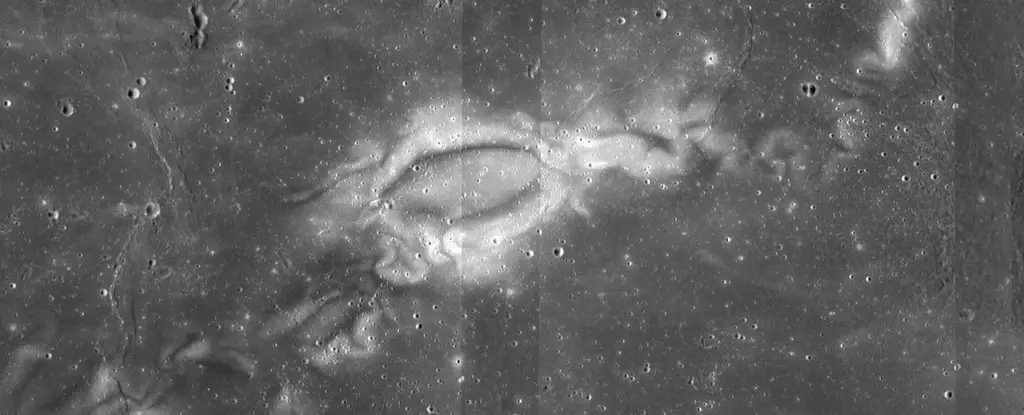The Moon, with its grey and cratered surface, harbors a lesser-known mystery – the presence of bright patches known as lunar swirls. These unusual features have baffled scientists since the 1600s, and their origins have been the subject of much speculation. The well-known Reiner Gamma swirl, a light-colored region on the Moon, remains a puzzle to this day.
A recent study by scientists at Stanford University and Washington University in St. Louis has shed new light on the enigma of lunar swirls. Unlike Earth, the Moon lacks a global magnetic field to shield it from the Sun’s charged particles. When solar winds interact with the lunar surface, they darken the rocks over time through chemical reactions. However, certain areas on the Moon are protected by mini magnetic fields, which coincide with the light-shaded lunar swirls.
A Different Perspective
While some theories attribute the formation of lunar swirls to micrometeorite impacts that create local magnetic fields, researchers at Stanford and WUSL propose an alternative explanation. They suggest that other forces may be at play, such as magnetic anomalies caused by forces beneath the Moon’s crust. The cooling of underground lavas in a magnetic field could create these anomalies, adding a new dimension to the mystery.
Scientists have uncovered radar evidence of ancient volcanic activity beneath the Moon’s surface, indicating the presence of once-flowing molten rock. By studying the cooling rates of magma and the properties of ilmenite, a titanium-iron oxide mineral abundant on the Moon, researchers have proposed a new theory. Under specific conditions, the slow cooling of ilmenite can lead to the formation of metallic iron and iron-nickel alloys, generating a strong magnetic field that could explain the magnetic regions associated with lunar swirls.
While much of our current knowledge about the Moon’s magnetic fields comes from orbiting spacecraft, there is a need for direct exploration. NASA’s upcoming Lunar Vertex mission, set to launch in 2025, will send a rover to investigate the Reiner Gamma swirl up close. By drilling into the lunar surface, scientists hope to unravel the mysteries surrounding the origin of lunar swirls and magnetic anomalies. With new evidence on the horizon, the enigma of the Moon’s bright patches may soon be resolved.


Leave a Reply